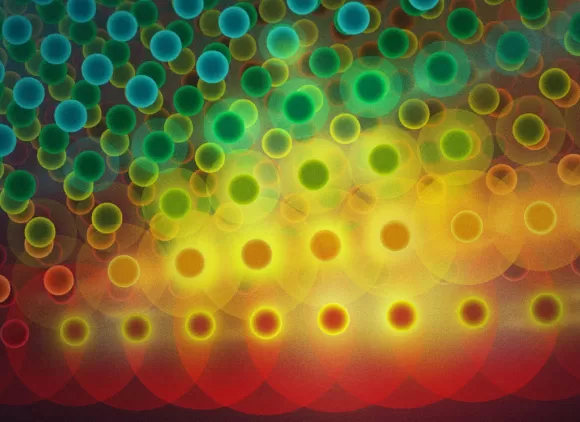About this event
CISE Distinguished Lecture
Friday, April 24th, 2009, Room 1235, 11:00am - 12:00pm
Visual Recognition in the Primate Cortex:
from Neuroscience to a new AI?
Dr. Tomaso Poggio
Center for Biological & Computational Learning
McGovern Institute
Computer Science and Artificial Intelligence Laboratory
Massachusetts Institute of Technology
Understanding the processing of information in our cortex is a significant part of understanding how the brain works, arguably one of the greatest problems in science today. In particular, our visual abilities, which seem effortless to us, are computationally amazing: computer science is still far from being able to create a comparable vision engine. Thus, visual cortex may well be a good proxy for the rest of the cortex and indeed for intelligence itself.
I will review our recent work on a hierarchical architecture for object recognition based on the anatomy and the physiology of the ventral stream in primate visual cortex. The main goal of this model is to summarize and predict properties of neurons in a series of visual areas from primary visual cortex to inferotemporal cortex. This class of models performs at the level of human subjects for short presentations on a specific but difficult natural image recognition task and on par with state-of-the-art computer vision systems on several standard image databases.
I will then mention current work on a) developing (with S. Smale) a mathematical theory of hierarchical architectures for learning from very few examples b) modeling top-down attentional control (with R. Desimone and E. Miller) and c) extending the models to the recognition of actions in videos (with D. Sheinberg). I will then discuss limitations of our present modeling approach for attacking a broad spectrum of image inference tasks which are beyond image categorization.
The broad thesis of this talk is that computational neuroscience is beginning to provide novel insights into the problem of how our visual cortex is computing and of how some aspects of learning and intelligence may be implemented in machines. New synergies may emerge between the neurosciences and artificial intelligence, eventually providing an integrative approach to the problem of intelligence and thus to a number of apparently separate research topics in the information sciences.
§§§
Tomaso A. Poggio, is the Eugene McDermott Professor at the Department of Brain and Cognitive Sciences; Co-Director, Center for Biological and Computational Learning; Member for the last 25 years of the Computer Science and Artificial Intelligence Laboratory at MIT; since 2000, member of the faculty of the McGovern Institute for Brain Research and member of the steering committee of the Center for Collective Intelligence. He is author or co-author of over 400 papers in the fields of learning theory, computer science, computational neuroscience, and nonlinear systems theory and he belongs to the editorial board of several scientific journals. He is an honorary member of the Neuroscience Research Program, a member of the American Academy of Arts and Sciences and a Founding Fellow of AAAI. He received several awards such as the Otto-Hahn-Medaille Award of the Max-Planck-Society, the Max Planck Research Award (with M. Fahle), from the Alexander von Humboldt Foundation, the MIT 50K Entrepreneurship Competition Award, the Laurea Honoris Causa in Ingegneria Informatica for the Bicentenario dell'Invenzione della Pila from the University of Pavia and the 2003 Gabor Award.
His research has been interdisciplinary, between brains and computers. It is now focused on the mathematics of learning theory, the applications of learning techniques to computer vision, bioinformatics, computer graphics and especially on computational neuroscience of the visual cortex in close collaboration with several physiology labs.
For more information on the research of Prof. Poggio and his group (CBCL) see http://cbcl.mit.edu/

